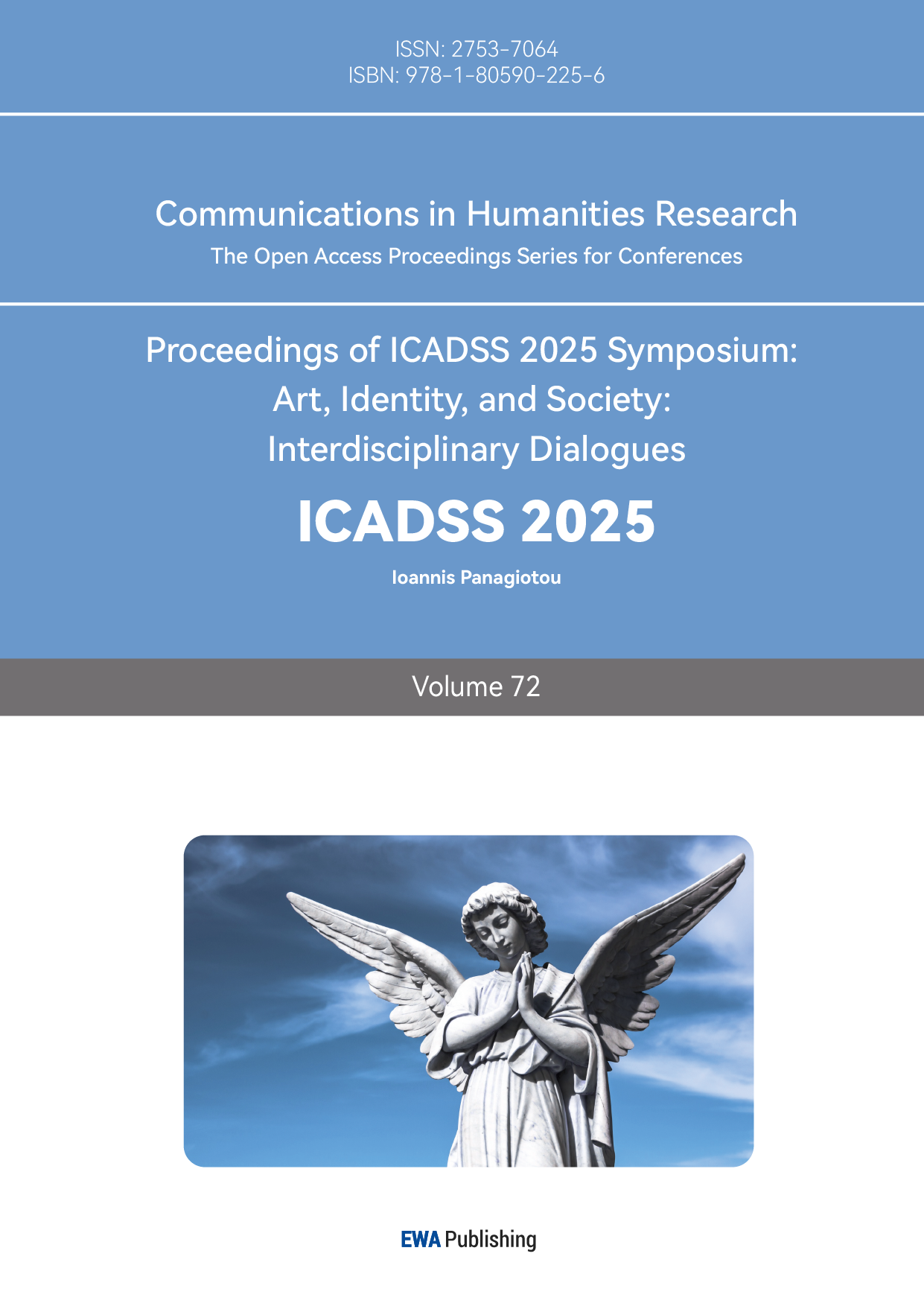References
[1]. Bradley, A. C., 1992. Shakespearean Tragedy (Macmillan Education UK), doi: 10.1007/978-1-349-22059-5
[2]. Favila, Marina, 2001. “‘Mortal Thoughts’ and Magical Thinking in ‘Macbeth’”, Modern Philology, 99.1, pp. 1–25, doi: 10.1086/493030
[3]. Amiri, Mehdi, and Sara Khoshkam, 2017. “Gender Identity and Gender Performativity in Shakespeare’s Selected Plays: Macbeth, Hamlet and Merry Wives of Windsor”, Advances in Language and Literary Studies, 8.4, pp. 1-7, doi: 10.7575/aiac.alls.v.8n.4p.1
[4]. Clark, S., & Mason, P. (2015). The Arden Shakespeare: Macbeth. The Third Series. London: Bloomsbury, (0).
[5]. Tîrban, Emilian, 2022. “The Aetiology and the Pyschogenesis of Tyrannical Behaviour in Macbeth”, East-West Cultural Passage, 22.2, pp. 107–24, doi: 10.2478/ewcp-2022-0018
[6]. Süner, Ahmet, 2019. “Air, Bubble and the Horrid Image: The Representation of Fear and the Supernatural in Macbeth”, Neophilologus, 103.4, pp. 591–605, doi: 10.1007/s11061-019-09604-x
[7]. Alfar, Cristina León, 1997. “‘Blood Will Have Blood’: Power, Performance, and Lady Macbeth’s Gender Trouble”, Journal X, 2.2, pp.179-207
[8]. Lacan, Jacques, 1968. “The Mirror-Phase as Formative of the Function of the I”, New Left Review, no. 51, pp. 71-77
[9]. Tassi, Marguerite A., 2018. “Rapture and Horror: A Phenomenology of Theatrical Invisibility in Macbeth”, Explorations in Renaissance Culture, 1, pp. 1–26, doi: 10.1163/23526963-04401001
[10]. Schein, Seth L., 2018. “Tyranny and Fear in Aeschylus’s ‘Oresteia’ and Shakespeare’s ‘Macbeth’”, Comparative Drama, 52.1/2, pp. 85–102, doi: 10.1353/cdr.2018.0003
[11]. Levin, Joanna, 2002. “Lady MacBeth and the Daemonologie of Hysteria”, ELH, 69.1, pp. 21–55



